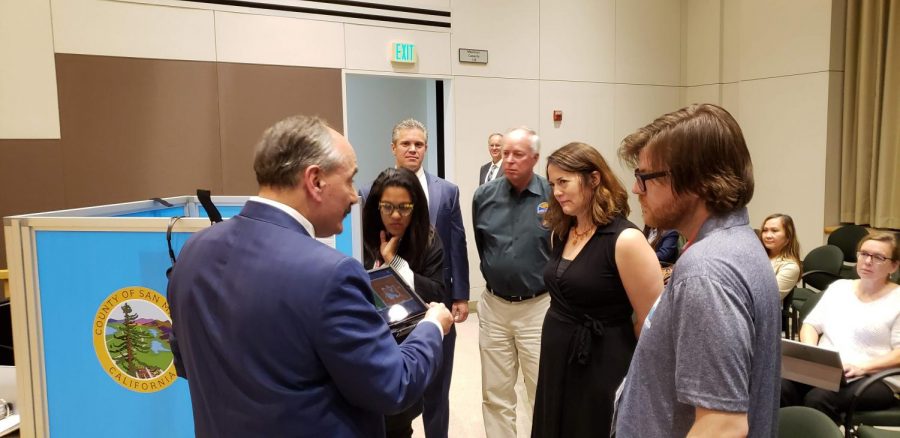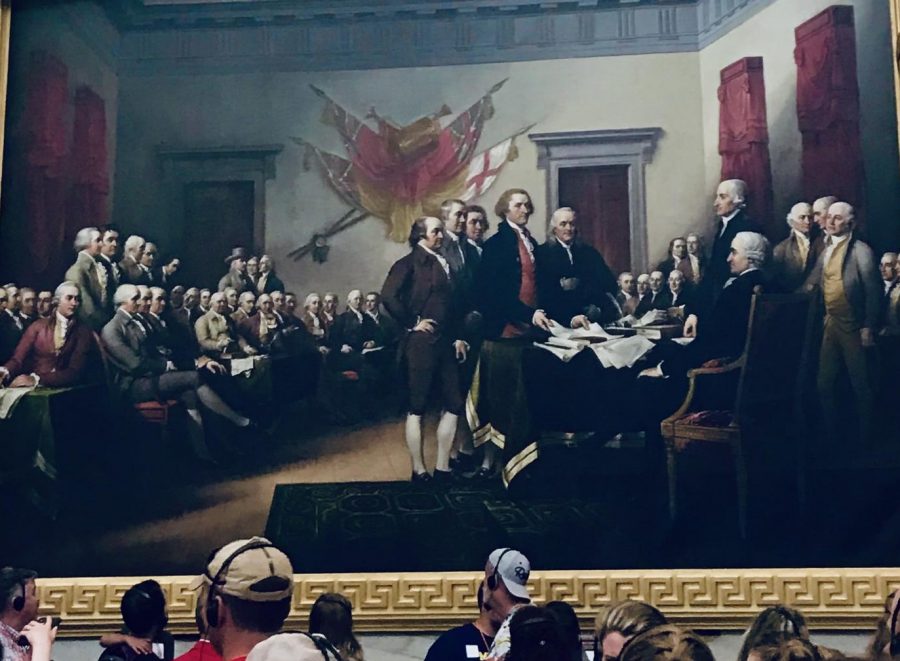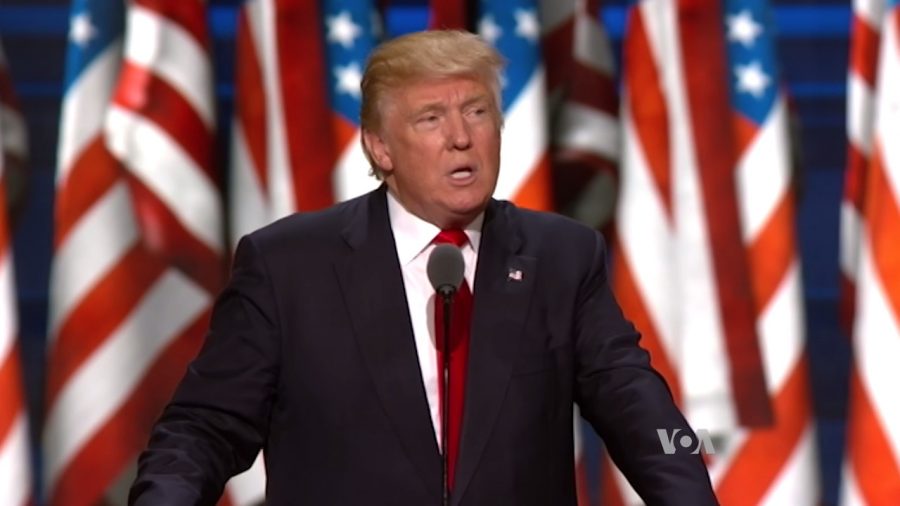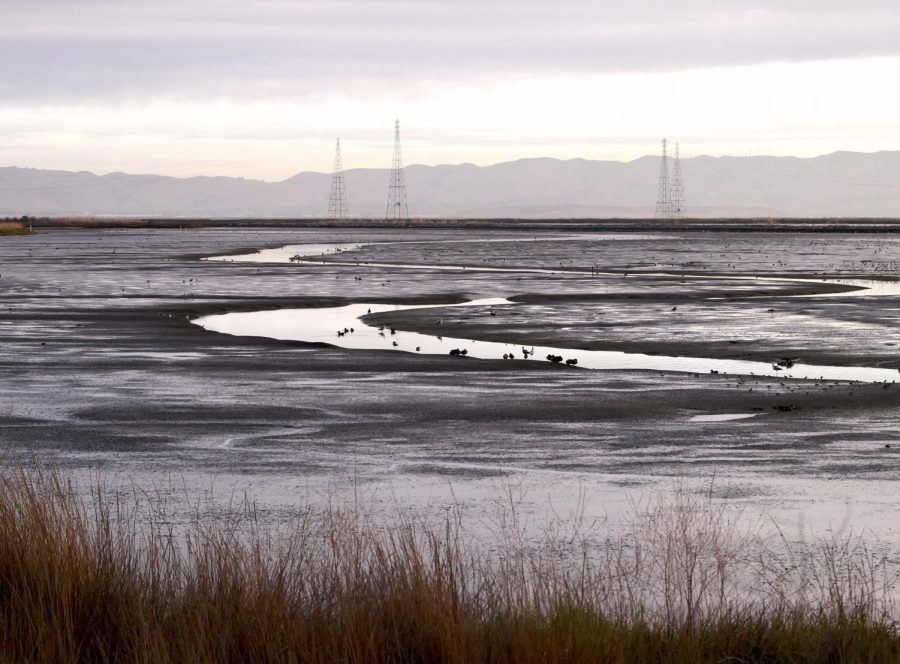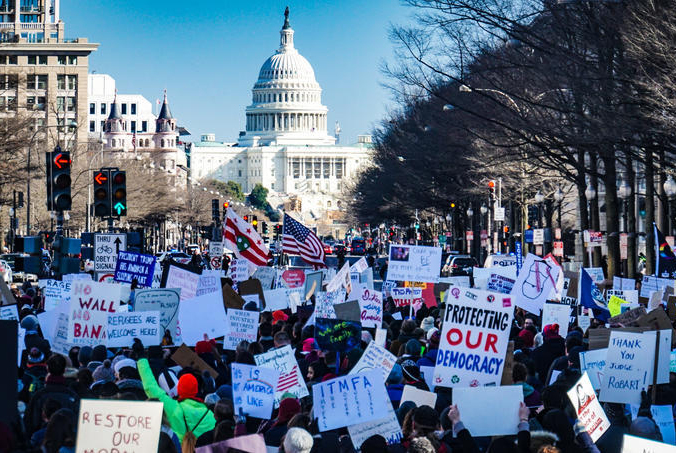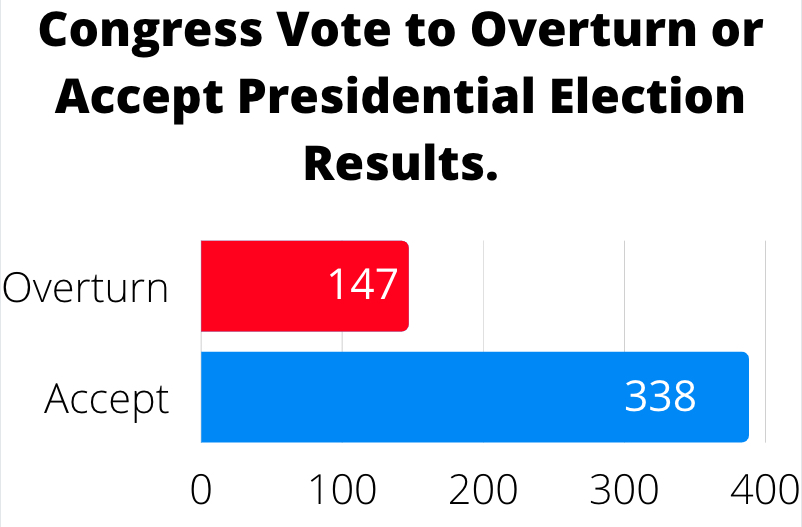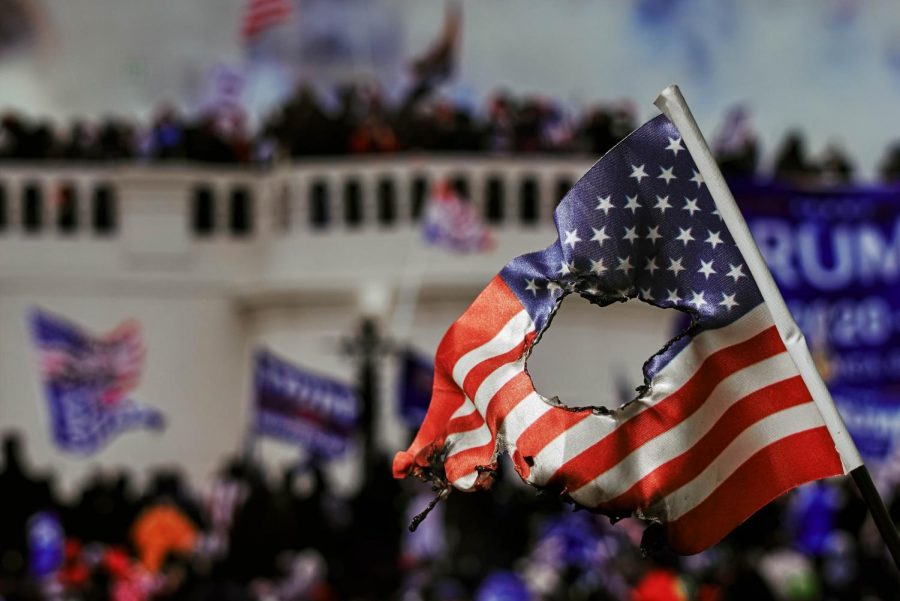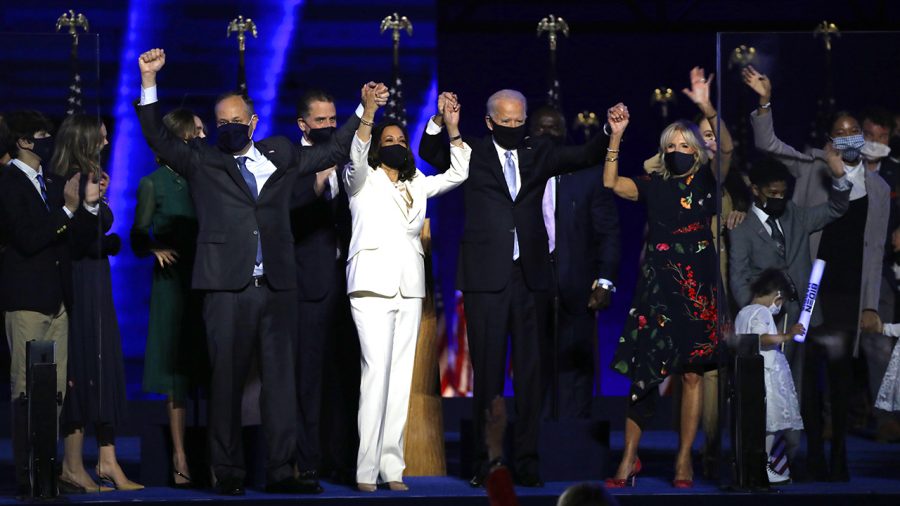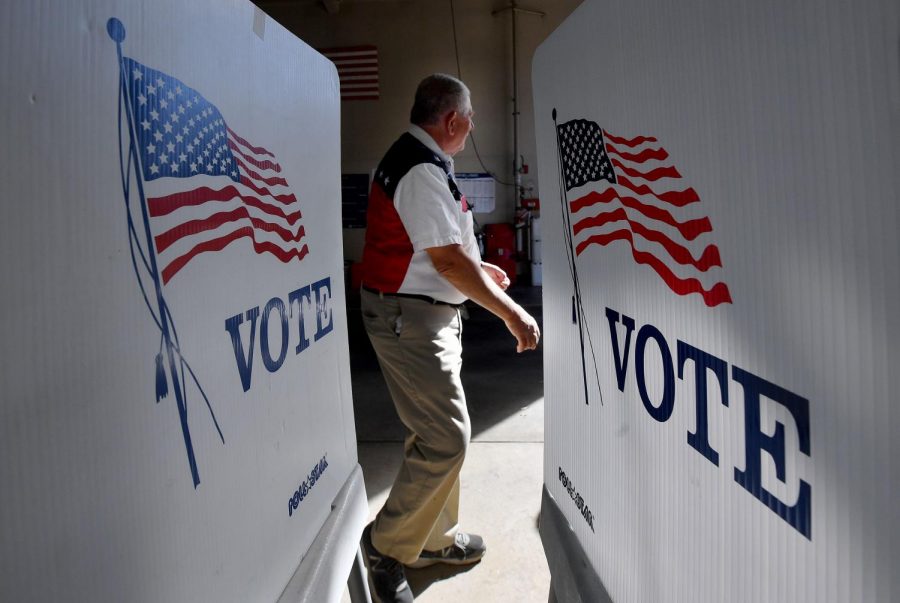In preparation for the upcoming presidential primary election, the San Mateo County is upgrading its infrastructure to better align with modern legislature standards.
Since it was signed into law in 2016 by the state legislature, the Voter’s Choice Act introduced a set of policies that any county may optionally implement beginning in 2020. The act aims to make elections more accessible to the public while increasing the overall security of the election system. In order to meet these new standards, a significant portion of San Mateo County’s infrastructure has been redesigned to best align with the law and public interest. San Mateo County has already had one election hosted under the act but has made alterations preceding the upcoming presidential election.
“The countywide Consolidated Election was an extremely successful election on all levels,” said Jim Irizarry, Assistant Assessor-County Clerk-Recorder and Chief Elections Officer of San Mateo County.
In short, the act aims to increase voter turnout by requiring participating in California counties to conduct outreach to minority groups. In San Mateo County, ballots are sent to all registered voters, and votes can be cast in designated drop boxes or returned by mail. The act also mandates that citizens can track whether their ballot has been recorded remotely.
For residents wishing to vote in person, an increased number of vote centers (traditionally referred to as polling places) will be open for nearly a month before Election Day, and it is no longer mandatory to vote at a location that serves limited geographic areas. Vote centers are outfitted with new technology and equipment.
The equipment has a tactile interface and provides audio feedback to allow those with disabilities to vote, and is considered to be secure by the California Secretary of State. While the voting system itself is electronic, it is not connected to the internet and prints a physical paper ballot instead of digitally storing data, unlike previous elections in the county.
The vote is deposited into a box and is not treated differently from ballots cast through other means. All votes are tabulated in a central facility.
Some may be concerned about the reliability or security of the new technology which the voting process is introducing. Although the equipment already has a track record in 40 different counties, it is currently possible to avoid using it for parts of the voting process. Those who are concerned may avoid the equipment in question by voting through mail or ballot dropbox.
According to a statistic conducted in San Mateo County, 81.5% of potential voters are registered, and there are currently 15 California counties holding elections under the act. Depending on how the public views the act, the number of registered voters and the number of participating counties may change.
“In my opinion, this new law will ultimately increase voter turnout,” said Andres Raddavero, a Carlmont senior. “Looking through a lens of equality, it permits certain people who may not own a car, or who are generally busy working on casting their vote in a variety of ways, and over a greater period. However, I don’t think any significant changes will arise as a direct result of this law.”
In some, concerns regarding the possibility of foreign interference in an election are present. To address this, the California Secretary of State has conducted security assessments and upgraded systems accordingly. Additionally, anyone may report suspected instances of misinformation to the California Secretary of State for analysis and possible action.
“Elections have been elevated to critical national infrastructure status. They are fundamental to the success and operation of our nation,” Irizarry said.

